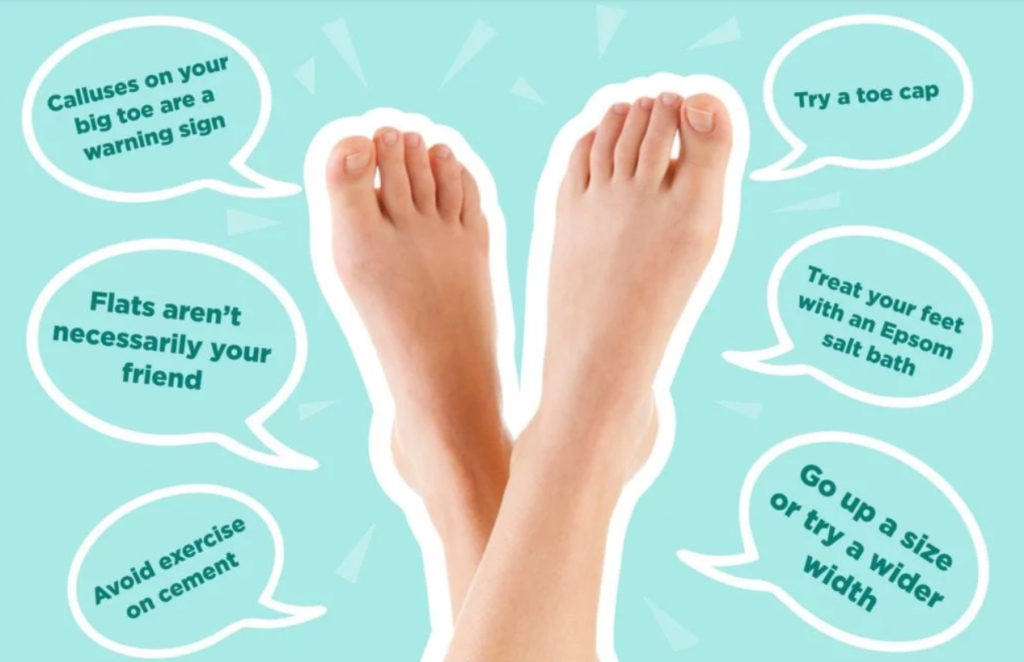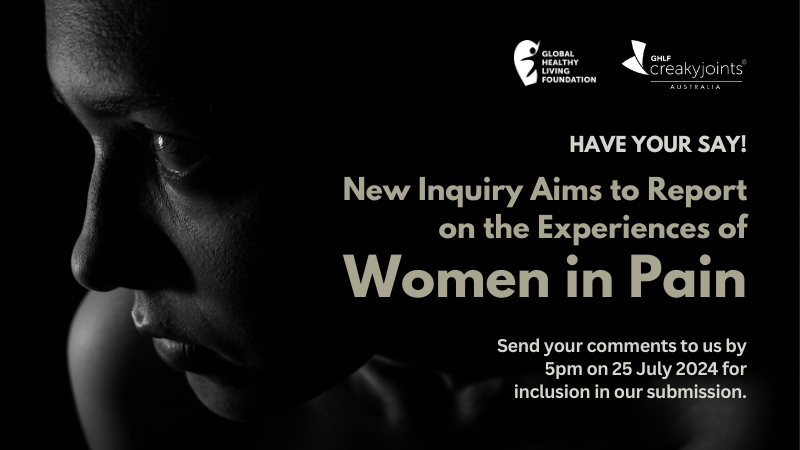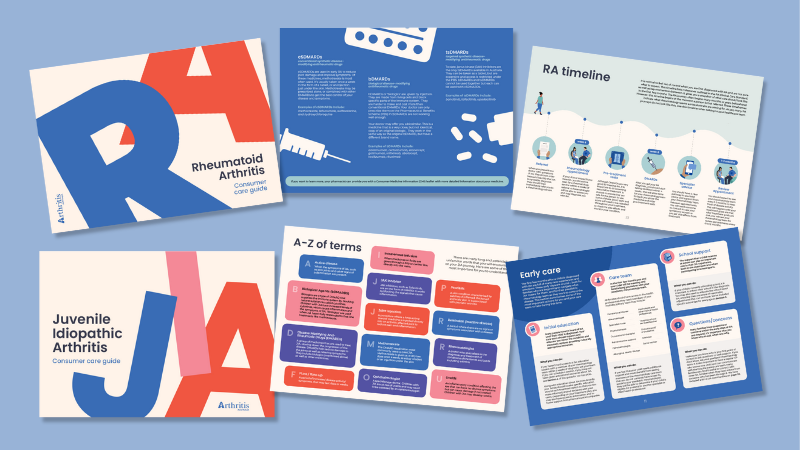

Osteoarthritis is the most common type of arthritis that strikes the feet but many types of arthritis can impact your foot health and comfort, says Yolanda Ragland, DPM, a podiatrist and founder of Fix Your Feet. In fact, foot pain is an important clue for how people discover they have arthritis in the first place, she says. (Read about how one woman’s misdiagnosed foot pain was actually psoriatic arthritis.)
“Osteoarthritis deteriorates the cartilage between the bones. Cartilage acts as a cushion or buffer; without cartilage, there is bone-on-bone grinding, which can cause stiffness, pain and, ultimately, immobility of the joint,” Dr Ragland explains. Inflammatory types of arthritis can also cause stiffness, pain and immobility in your feet by targeting your connective tissues and causing inflammation in your joints, she adds.
But while arthritis is a major culprit in causing foot pain, the good news is that there are many treatments and options available to keep you on the go and help keep your arthritis in check, Dr Tumen says. This is why it’s important to take any pain, swelling, stiffness and inflammation in your feet seriously and see a doctor right away. In the meantime, there are plenty of things you can be doing right now to protect your feet. Here’s what podiatrists recommend to protect your feet with arthritis:
Use Your Feet as Health Clues
1. Pay attention if your normal shoes no longer fit comfortably
Arthritis can cause your toes to subtly change shape or shift in position. You might not notice this by looking at them, but you’ll likely feel a difference in how your shoes fit, says Sophia Solomon, DPM, a board-certified podiatrist who practices in New York. For example, “rheumatoid arthritis can cause the toes to deviate outward, toward the little toe,” she explains. If your go-to shoes become uncomfortable, you are experiencing pressure in new places or you have a really hard time finding shoes that fit comfortably, it’s time to see a doctor, she says.
2. Don’t ignore calluses on your big toe
One of the first joints to show symptoms of arthritis is the big toe, Dr Solomon says. “The big toe needs 65 degrees of dorsiflexion (movement of the foot upward, so that the foot is closer to the shin) in order to propel the body forward during normal gait. Arthritis can limit that motion, causing a condition called hallux limitus, or a stiff big toe,” she explains. But you don’t need a protractor to measure the angle of your toe flexion to know if this is your problem. Look for a “pinch” callus on the inside of your big toe as that can be a sign that you may have this condition, she says.
3. ‘Sausage toes’ are not normal
Baby toes may look like adorable little Vienna sausages, but adult toes should be fairly thin and bony. If your toes swell up to look like a hot dog, then you may have dactylitis, a common symptom of psoriatic arthritis, Dr Solomon says. Learn about other psoriatic arthritis symptoms here.
4. Don’t dismiss heel pain
While your toe joints are commonly targeted by arthritis, arthritis can manifest in your ankle and heel as well, Dr Ragland says. Many people mistake this type of pain for a sports injury or strain but if your pain doesn’t improve within a week or if it recurs frequently, you need to see a doc to get it checked out, she says. Pain in your heel can be due to something called enthesitis, or inflammation where connective tissues (ligaments and tendons) insert into bones. This is associated with inflammatory types of arthritis, like psoriatic arthritis and ankylosing spondylitis. The Achilles tendon in your heel is a common location for enthesitis.
5. Pay attention to hammertoes
So-called “hammer” or “mallet” toes are common foot issues, but that doesn’t mean they’re harmless, Dr Solomon says. They happen when your toe muscles get out of balance and put pressure on the joint, causing your toes to bend downward at the joint. Hammertoes can be a symptom of arthritis or, left untreated, can cause osteoarthritis, so it’s important to treat them early, she says.
6. Look out for gout
Many people recognise that gout — the buildup of uric acid crystals, often in the joint of the big toe — is a common but painful problem. What they don’t usually realise is that gout is a type of arthritis that has many good treatment options, Dr Solomon says. If you have pain, swelling, redness and/or tenderness at the base of your big toe joint — or these other gout symptoms — get it checked. Your GP is usually a good place to start, though rheumatologists also treat gout, especially cases that don’t respond to first-line medication.
Get the Right Health Care
7. A podiatrist isn’t enough for patients with arthritis
“Podiatrists can treat all types of foot pain, but if your doctor suspects an inflammatory arthritic condition, such as rheumatoid or psoriatic arthritis, it is very important to see a rheumatologist in addition to your foot doctor,” Dr Solomon says. A podiatrist can help you manage foot pain symptoms but a rheumatologist is necessary to treat the underlying condition, which is what reduces the risk of permanent damage to your feet, she says.
8. Don’t be afraid to ask questions
Foot pain can be a symptom of many underlying diseases, including cancer, diabetes, multiple sclerosis and, of course, arthritis. Podiatrists are well aware of this and as such may suggest extra tests, like blood work, or advise that you see additional health care providers, Dr Ragland says. If they don’t, and you feel as if there is more to your symptoms, don’t hesitate to ask about further tests or a referral to another doctor, she adds. Second opinions are always a good idea.
9. Be careful with steroids
Corticosteroid injections into your toes, feet or heel can be a miracle when it comes to foot pain. They can help reduce inflammation, but they only treat the symptoms, not the underlying condition, Dr Ragland says. You must be careful not to over-use them, as frequent injections in the same area can weaken bones, ligaments and tendons, which is why doctors limit how often you get steroid shots in a given joint. Injectable steroids should not be used at all for enthesitis because the steroid can rupture the tendon or ligament completely, she adds.
10. Ask about X-rays
If you go in to see a doctor for foot pain, they shouldn’t skip the diagnostic scans, Dr Ragland says. “On the X-ray, instead of seeing a healthy bone with a clear space between the joints, I may see joint space narrowing or no joint space at all,” she says. “I might also see extra bony formations such as bone spurs and bone fragments surrounding the joint, which can also indicate arthritis.”
Exercise Smarter
11. Avoid exercising on cement
“Our ancestors lived in an agricultural world where fields and soil were the earth’s surface. Now concrete and cement are common surfaces to walk on, but our feet were not designed to be on these surfaces for long periods of time,” Dr Tumen says. To minimise wear and tear on your joints, stick to softer surfaces, particularly when you’re exercising, he says. Look for rubberised or cushioned gym floors or carpet indoors; grass, dirt or turf outside. Even asphalt is easier on your joints than concrete footpaths.
12. Stretch your legs and feet every day
Tight tendons and muscles can cause and worsen foot pain from arthritis, Dr Ragland says. “I recommend my patients do gentle stretches daily to loosen up these areas,” she says. Stretches that target your hamstrings, calves, foot arch and heel are particularly effective. Talk to a physical therapist about which stretches are right for your particular condition.
It’s a good idea to do exercises designed to put your ankles and feet through their complete range of motion. This is one of your best defences against stiffening and locking joints due to arthritis, Dr Ragland says. “Mobility is the key to continuous function,” she explains. Here are some examples of range-of-motion exercises for arthritis to try.
13. Exercise your toes
You may not hit the gym and think “it’s toe day!” but remember to exercise your digits on a regular basis, Dr Ragland says. Strengthening and stretching your toes can help lessen pain and increase your range of motion. Try toe exercises like picking up a washcloth with your toes, pointing and flexing your feet and walking barefoot on sand.
14. Skip high-impact exercises
Joints inevitably wear down with use over time but one thing you can do to slow the process down — especially if you already have osteoarthritis — is to limit the degree of impact you subject them to. This doesn’t mean you shouldn’t exercise. Rather, “choose lower-impact exercises, such as walking instead of running or an elliptical machine instead of high-impact aerobics,” Dr Tumen says. Swimming is an excellent choice for people with arthritis.
15. Get your yoga on
Full-body exercises that incorporate stretching and strengthening while minimising impact on your joints are ideal, Dr Tumen says. He recommends yoga and Pilates for people with arthritis as a way to keep your joints flexible and mobile and lessen pain. And surprisingly, even though yoga and Pilates generally don’t target your feet and toes specifically, they do an excellent job of working both. Any time you have to balance, you automatically use your feet. Check out these restorative yoga exercises to get started.

Pick the Right Footwear
16. Don’t pick the cheapest shoes
Avoid inexpensive shoes with thin soles, particularly if you’re going to exercise in them or wear them for long stretches of time, Dr Tumen advises. The biggest thing to look for is a nice, thick, cushioned sole, like the kind often found in higher-end athletic shoes, he says. Here are more tips on how to buy good shoes when you have arthritis.
17. Avoid bare feet
The barefoot or minimalist shoe movement might be having a moment, but if you have arthritis this is one trend you definitely should skip, Dr Tumen says. “I recommend my patients with arthritis even wear shoes in the house,” he says. “A clog or easy slip-on shoe can work.”
18. It’s totally fine to go up a shoe size or two
Many adults get locked in to what they think their shoe size “should” be. But remember that your feet change over time and so should your shoe size. Ill-fitting shoes are a common cause of foot problems and can worsen arthritis symptoms in the feet, Dr Solomon says. To avoid this, buy shoes in a bigger size and look for ones in wider widths to avoid putting pressure on sore spots, she says.
19. Buy new shoes often
Shoes, particularly those with cushy or orthotic soles, are designed for a certain number of miles of use. Using your shoes past that point can lead to lack of support and added pressure. Replace old shoes even if they don’t look worn out, Dr Tumen says. “Shoes can wear out within a year or sooner if you are active,” he explains. It’s also a good idea to not wear the same pair of shoes a couple of days in a row. “Changing shoes daily can benefit your feet.”
20. Skip high heels
If you love the look of a sky-high stiletto, you need to know that your choice of footwear could be encouraging or worsening arthritis in your toes and feet, Dr Ragland says. In addition, wearing heels over long periods of time is one of the major causes of bunions and hammertoes. Avoid wearing high heels at all costs — they’re not worth the pain, she says.
21. Flats are not your friend either
Many people opt for flat shoes, thinking a cute ballet flat or sandal is a healthy-but-still-cute alternative to heels. Unfortunately, many flats can be almost as bad as high heels, as they leave your feet unsupported and in an unnatural position, Dr Solomon says. Even worse, many dressy flat styles have small toe boxes, which puts pressure on your toe joints and increases your risk of bunions and hammertoes. Instead, opt for wide, comfortable, supportive shoes with a small lift in the heel.
Take Care of Your Tootsies
22. Lose weight to help your feet
Your feet carry all the weight of your body — all day, every day. You can’t overstate the impact your weight has on the joints and connective tissues of your feet, Dr Tumen says. “It’s so important to watch your weight. Even losing as little as five to 10 pounds can ease the stress on your joints and help with arthritis symptoms,” he explains.
23. Try a toe cap to reduce pain
Toe caps are little “sleeves” — made of gel or compression fabric — that cover and support your toe. They won’t cure an arthritic toe joint, but they can help reduce pain and pressure during flare-ups and can prevent calluses from rubbing or getting worse.
24. Don’t underestimate the power of RICE
For dactylitis and enthesitis, start with the old-but-good RICE treatment, Dr Ragland says. “Rest, ice, compression and elevation are the first line of defence for any inflammatory process, including arthritis,” she explains. Non-steroidal anti-inflammatory drugs (NSAIDs) also work well to reduce foot pain symptoms. However, if you find your symptoms don’t respond well to RICE and/or you’re using NSAIDs more than occasionally you should see a doctor to figure out what’s happening and to discuss more aggressive treatment options.
25. Treat bunions early
A bunion is a bump that forms on the inside base of your big toe joint. Bunions are common in arthritis, Dr Solomon says. An untreated bunion can lead to stress on the joint, which then causes osteoarthritis. The opposite is also true: Several types of arthritis can contribute to bunions forming. Regardless of the cause, it’s a good idea to treat bunions early, before they get painful, she says. “There are conservative treatments you can try but once the bunion becomes painful you will likely need surgery to correct the deformity,” she explains.
26. Check out arch supports
Arch supports you place in your shoes can offer relief and protection, Dr Tumen says. “There are many different kinds and it can be confusing,” he says. “Start with a quality over-the-counter insert and if that doesn’t help, consider a custom device from a podiatrist.”
27. Consider custom inserts
Custom orthotics can be a big help in protecting and supporting painful or arthritic joints, keeping bunions from worsening, and lessening pressure calluses, Dr Solomon says. Adding a supportive shoe insert can take a “meh” pair of shoes to comfy and functional. Talk to a podiatrist about the proper type for your particular symptoms.
28. Keep a pack of crest pads handy
One simple way to treat hammertoes and lessen toe pain while stabilizing your joints is to wear a Crest pad, Dr Solomon says. It’s a silicone pad that fits underneath your toes, helping to put them back in a normal position, secured with a ring that goes around your toes. You can wear them alone or inside your shoes.
29. Treat your feet with an Epsom salt bath
Soaking your aching feet may feel like a luxury you don’t have time for but if you’ve got arthritis in your feet, it’s one of the best things you can do, Dr Solomon says. The warm water eases pain and reduces swelling while the magnesium in the salt helps relax your muscles. Simply feel a tub with comfortably hot (not scalding!) water and add a generous handful of Epsom salts. Soak for at least 15 minutes.
Keep Reading
Health and Community Services for People With Chronic Health Issues
Using Your Brain to Manage Your Pain
This article has been adapted, with permission, from a corresponding article by Charlotte Hilton Andersen on the CreakyJoints US website. Some text and information have been changed to suit our Australian audience.




